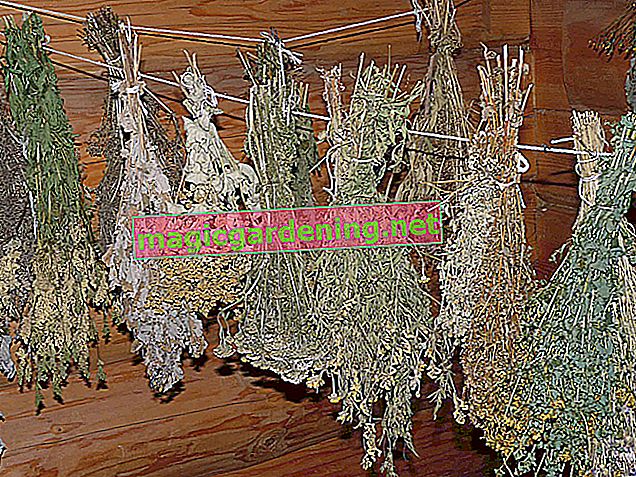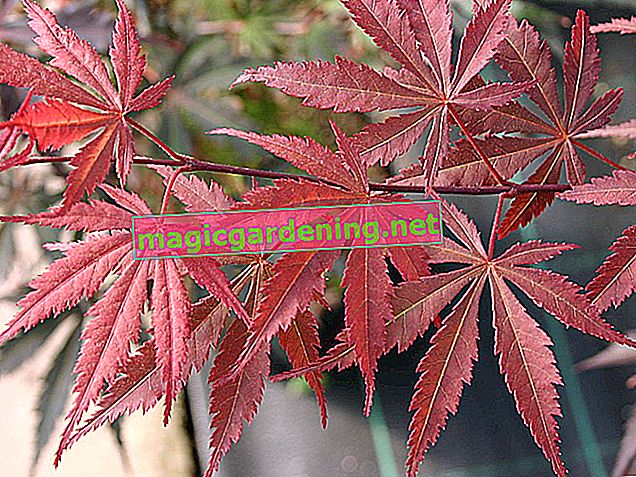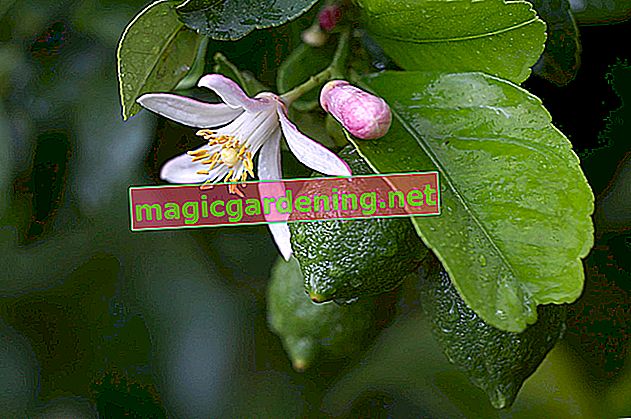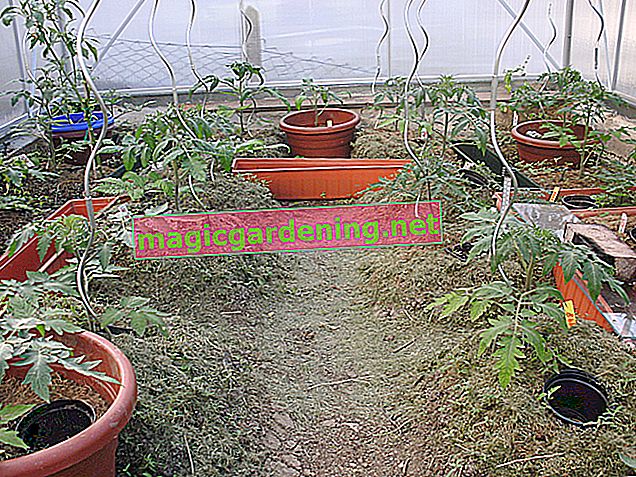
Fruit rot (monilia)
This fungal disease affects the fruits, shoots and leaves of Prunus domestica. Brown mold and white spore rings can be seen on plums that are still green. The latter are causes of other infectious diseases. The typical distinguishing features of Monilia include dried plums that stick to the tree. Affected fruits are to be removed or picked up from the ground. Infested shoots can be cut generously.
also read
- Diseases in the quince tree: recognize and treat
- Recognize and treat diseases and care errors in the hibiscus
- Hot peppers - recognize, fix, prevent diseases
Note:
The cut goes at least ten centimeters into the healthy wood.
Plum rust
The stubborn fungus attacks both plums and plums. Rust-like points form on the underside of the leaf. From late summer the plum rust begins with yellowish dots on the upper side of the leaf. When you touch it, fine, rust-colored dust falls off.
When eating the plums, make sure that they are cleaned thoroughly. If the Prunus domestica suffers from extremely severe infestation, a fungicide can help. Since the disease occurs primarily during the harvest time, attention should be paid to the period of action of the spray.
Fool's bags
This disease can be recognized by a white fungus coating. Not all fruits are affected by the infestation. The following signs are noticeable in plums:
- elongated
- curved
- green coloring
- without stone
- wrinkled appearance
Remove infected fruits immediately. This way you will avoid further spread.
Shotgun
This disease can be recognized by changes in the leaves.
Leaves:
- lightened points
- shortly afterwards reddish color
- Final stage: holes with a red border
The stronger the fungal attack, the higher the number of holes. In addition, thin shoots die. Small fruits and young leaves cripple and fall from the plum tree. There are two methods of combating this.
Targeted pruning
Cut individual branches and shoots back into healthy wood up to about ten centimeters.
Complete cut
In the case of severe infestation, a radical pruning of the entire Prunus domestica is recommended. This action should be taken immediately.
Sharka
This is a reportable illness. It affects leaves as well as fruits.
Leaves:
- Ring spots
- Color: light green
Fruit:
- linear and annular depressions
- Cripples (different degrees)
In addition, the plums from diseased trees taste bitter. They ripen before the actual harvest time and fall to the ground.
Tips & Tricks
Damaged flowers, shoots or fruits must always be disposed of with household waste. There is a risk of other plants becoming infected on the compost.
FT








